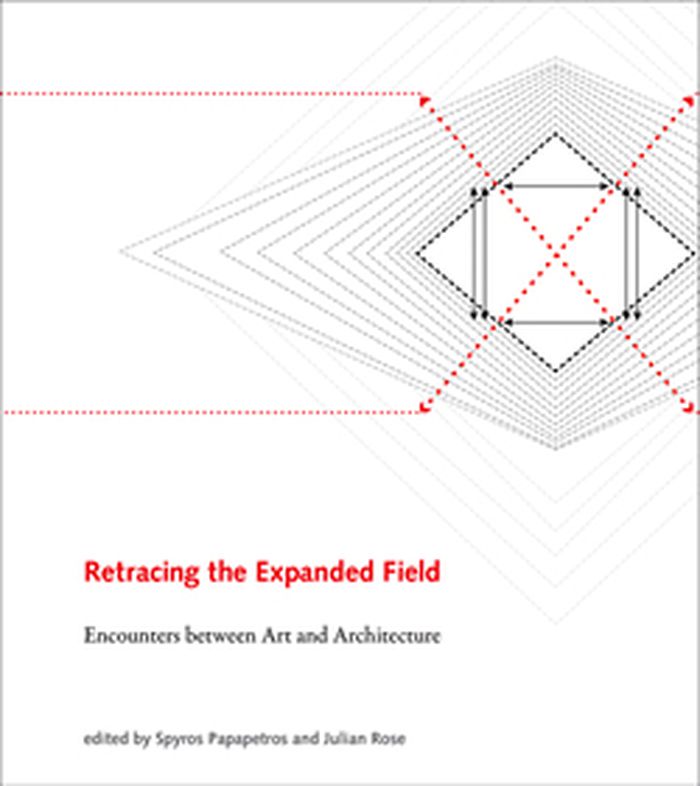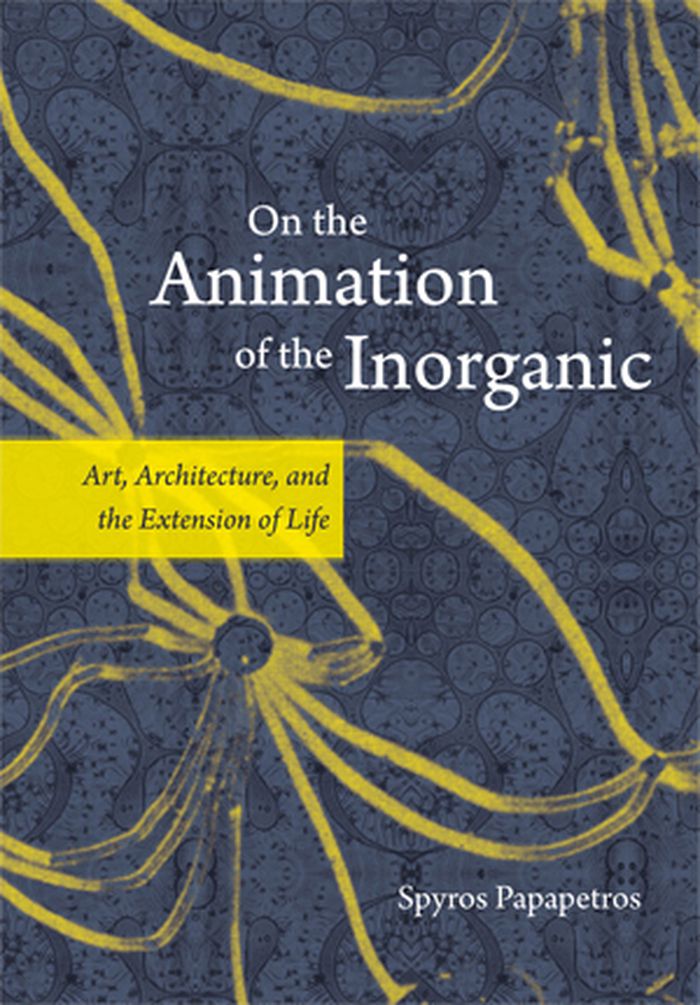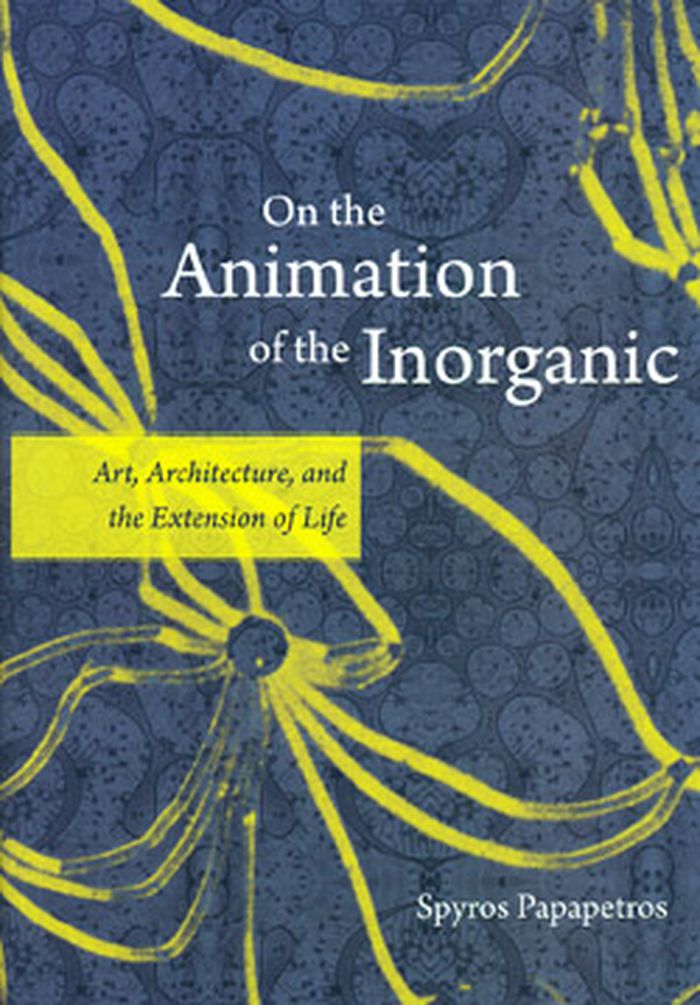$46.95
(disponible sur commande)
Résumé:
Expansion, convergence, adjacency, projection, rapport, and intersection are a few of the terms used to redraw the boundaries between art and architecture during the last thirty-five years. If modernists invented the model of an ostensible “synthesis of the arts,” their postmodern progeny promoted the semblance of pluralist fusion. In 1979, reacting against contemporary(...)
Retracing the expanded field: encounters between art and architecture
Actions:
Prix:
$46.95
(disponible sur commande)
Résumé:
Expansion, convergence, adjacency, projection, rapport, and intersection are a few of the terms used to redraw the boundaries between art and architecture during the last thirty-five years. If modernists invented the model of an ostensible “synthesis of the arts,” their postmodern progeny promoted the semblance of pluralist fusion. In 1979, reacting against contemporary art’s transformation of modernist medium-specificity into postmodernist medium multiplicity, the art historian Rosalind Krauss published an essay, “Sculpture in the Expanded Field,” that laid out in a precise diagram the structural parameters of sculpture, architecture, and landscape art. The essay soon assumed a canonical status and affected subsequent developments in all three fields. Retracing the Expanded Field revisits Krauss’s hugely influential text and maps the ensuing interactions between art and architecture.
Théorie de l’architecture
$43.00
(disponible sur commande)
Résumé:
Throughout human history, people have imagined inanimate objects to have intelligence, language, and even souls. In our secular societies today, we still willingly believe that nonliving objects have lives of their own as we find ourselves interacting with computers and other equipment. In On the Animation of the Inorganic, Spyros Papapetros examines ideas about simulated(...)
On the animation of the inorganic: art, architecture, and the extension of life
Actions:
Prix:
$43.00
(disponible sur commande)
Résumé:
Throughout human history, people have imagined inanimate objects to have intelligence, language, and even souls. In our secular societies today, we still willingly believe that nonliving objects have lives of their own as we find ourselves interacting with computers and other equipment. In On the Animation of the Inorganic, Spyros Papapetros examines ideas about simulated movement and inorganic life during and after the turn of the twentieth century—a period of great technical innovation whose effects continue to reverberate today.
Théorie de l’architecture
$49.95
(disponible sur commande)
Résumé:
In On the Animation of the Inorganic, Spyros Papapetros examines ideas about simulated movement and inorganic life during and after the turn of the twentieth century--a period of great technical innovation whose effects continue to reverberate today. Exploring key works of art historians such as Aby Warburg, Wilhelm Worringer, and Alois Riegl, as well as architects and(...)
On the animation of the inorganic: art, architecture, and the extension of life
Actions:
Prix:
$49.95
(disponible sur commande)
Résumé:
In On the Animation of the Inorganic, Spyros Papapetros examines ideas about simulated movement and inorganic life during and after the turn of the twentieth century--a period of great technical innovation whose effects continue to reverberate today. Exploring key works of art historians such as Aby Warburg, Wilhelm Worringer, and Alois Riegl, as well as architects and artists like Fernand Leger, Mies van der Rohe, and Salvador Dali, Papapetros tracks the evolution of the problem of animation from the fin de siecle through the twentieth century. He argues that empathy--the ability to identify with objects of the external world--was repressed by twentieth-century modernist culture, but it returned, projected onto inorganic objects such as machines, automobiles, and crystalline skyscrapers.
Théorie de l’architecture


